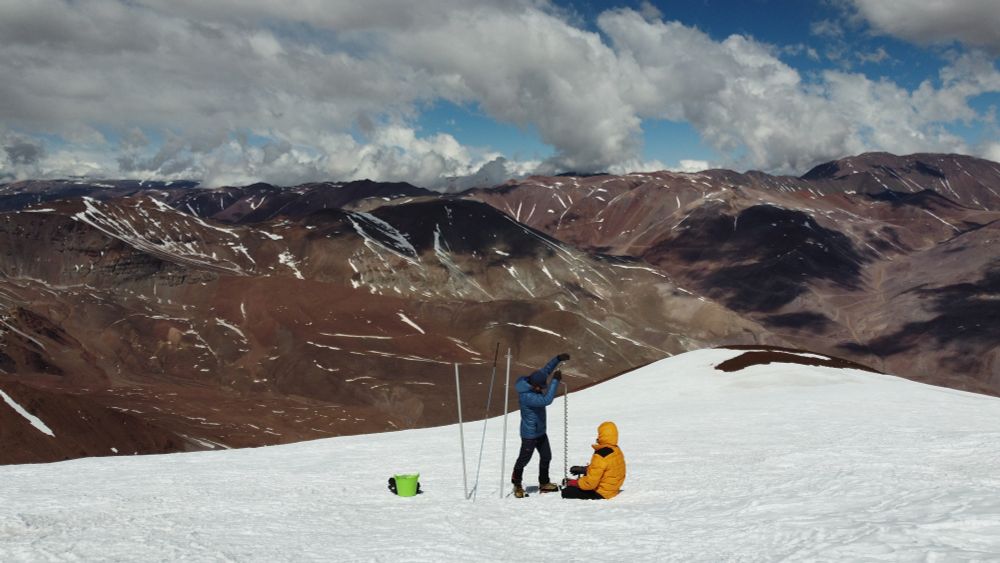
www.ista.ac.at



doi.org/10.1038/s432...
With Álvaro Ayala, Eduardo Muñoz-Castro, @wslresearch.bsky.social, @slfdavos.bsky.social
#megadrought #glacier #glacierhealth #Chile #Andes #drought #waterresources #climatechange #globalwarming #climate
doi.org/10.1038/s432...
With Álvaro Ayala, Eduardo Muñoz-Castro, @wslresearch.bsky.social, @slfdavos.bsky.social
#megadrought #glacier #glacierhealth #Chile #Andes #drought #waterresources #climatechange #globalwarming #climate


Read more ista.ac.at/en/news/the-...
Read more ista.ac.at/en/news/the-...
#QuantumScars #QuantumManyBodyScars #QuantumTheory #QuantumScience #ClassicalPhysics #PeriodicOrbits #Periodicity #QuantumYear #IYQ2025 #QuantumYear2025
With Marko Ljubotina and Gökhan Yalnız.
With Marko Ljubotina and Gökhan Yalnız.

#carbonfootprint #sustainability #sustainableresearch #conferencetravel #environment #greenhousegases #nmr #nuclearmagneticresonance

#carbonfootprint #sustainability #sustainableresearch #conferencetravel #environment #greenhousegases #nmr #nuclearmagneticresonance
With ISTA Sustainability Manager Jeroen Dobbelaere, Professor Georgios Katsaros, and ISTA graduate students.
With ISTA Sustainability Manager Jeroen Dobbelaere, Professor Georgios Katsaros, and ISTA graduate students.

